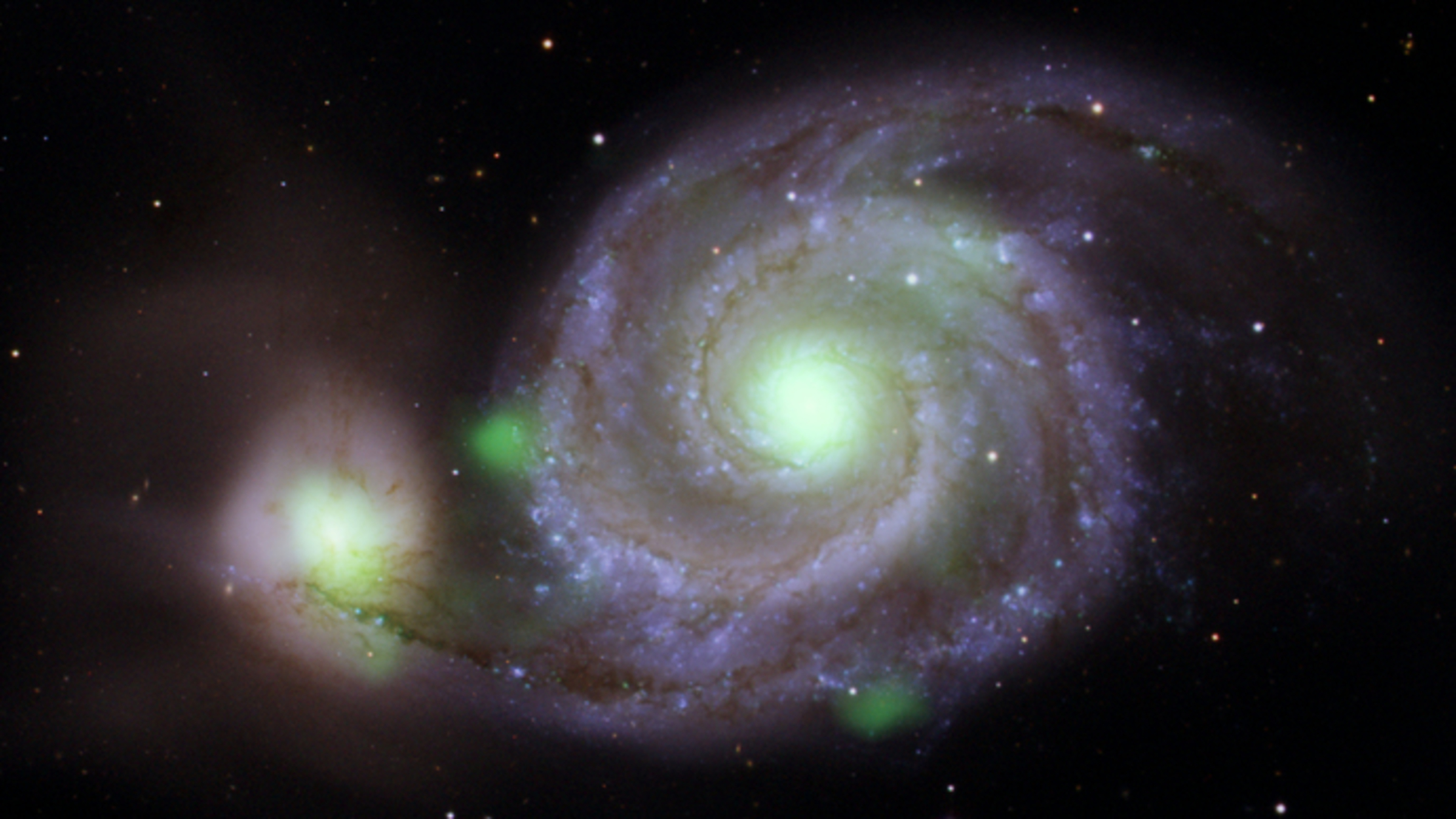

NASA’s NuSTAR satellite has observed the faintest growing supermassive black holes in our cosmic backyard, and found that some of them are actually luminous “monsters” hiding behind thick clouds of dust and gas.
These growing black holes are faint and weak based upon their X-ray emission at low energies. However, emission in wavebands other than X-rays has suggested that they might be more powerful than previously found. These discrepancies could be explained if the lower energy X-ray emission is heavily absorbed by thick clouds of gas surrounding the black holes. To be able to see through the material requires sensitive X-ray observations at much higher energies. NASA’s NuSTAR satellite, the most sensitive observatory to high- energy X-rays ever constructed, has provided such data, in observations coordinated with NASA’s Chandra and ESA’s XMM-Newton telescopes, which provide lower energy X-ray data. Adlyka Annuar, professor of Applied Physics at the National University of Malaysia and principal investigator for this program, indeed found that half of their sample is heavily buried in gas and dust, and NuSTAR revealed them as luminous “monsters”.
Most black hole growth in the universe is expected to be obscured. Evidence for this comes from direct observations of growing black holes in the distant universe and from modeling of the cosmic X-ray background radiation, which is the sum total of all X-ray emission across the sky. Since most X-ray emission comes from material being accreted onto black holes, the X-ray background effectively provides a “fossil record” of all black hole growth across cosmic time. However, to obtain a complete picture of the growth of black holes, it is imperative to reconcile these results with what is seen in nearby galaxies, in our “cosmic backyard”. Prior to NuSTAR, astronomers had identified obscured growing black holes in some nearby galaxies, but not as many as expected. NuSTAR is now identifying many more nearby obscured systems, thereby helping reconcile our view of growing black holes in the nearby universe to that in the distant universe.
“The research raises the important question of how many more monsters have been hidden in plain sight even within the closest galaxies to us?”, said Annuar.
The other half of the growing black holes studied by Annuar and collaborators are just as fascinating as the luminous "monsters". Despite their similar appearances prior to NuSTAR, the structure and physics of the black hole growth in these weak systems is probably entirely different. Past theoretical studies have suggested that these weak systems cannot sustain the obscuring structure seen in the luminous "monsters".
“These new observations from NuSTAR give important validation of theoretical models and reveal some of the weakest growing black holes known”, said David Alexander, professor of Astronomy at Durham University in the UK, one of the co-authors of the paper.
This research was led by Adlyka Annuar from the National University of Malaysia (Universiti Kebangsaan Malaysia), funded by the Ministry of Higher Education Malaysia Fundamental Research Grant Scheme, and is published in the Monthly Notices of the Royal Astronomical Society.